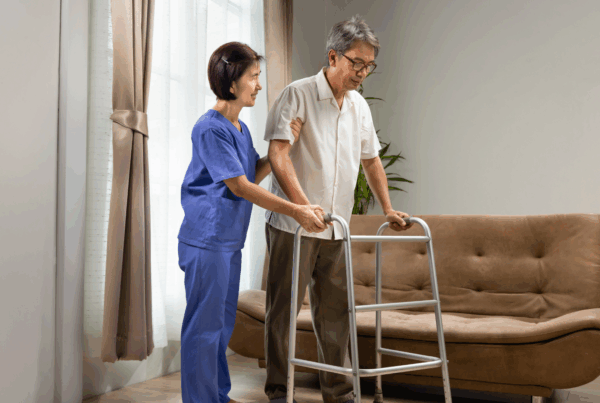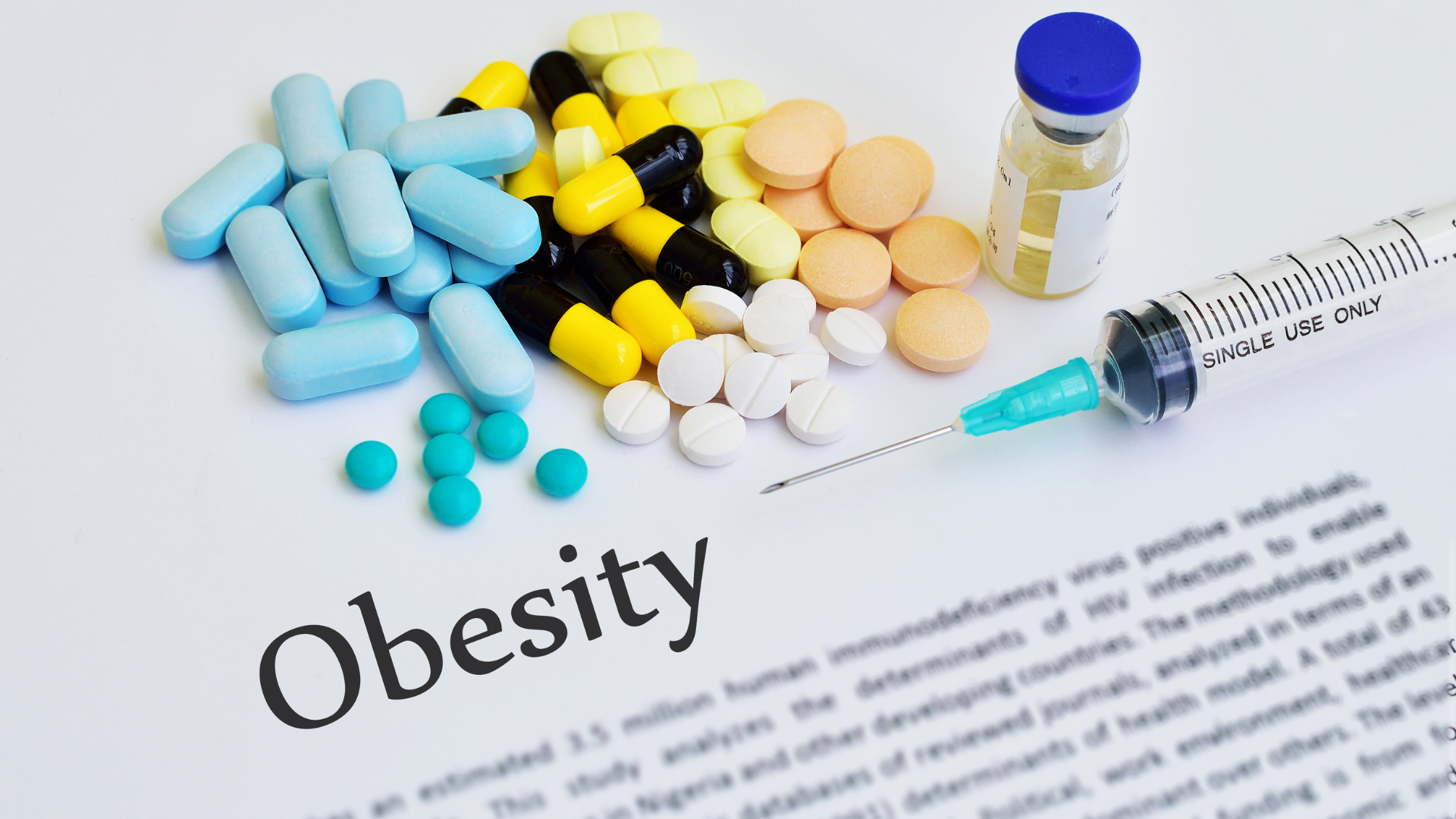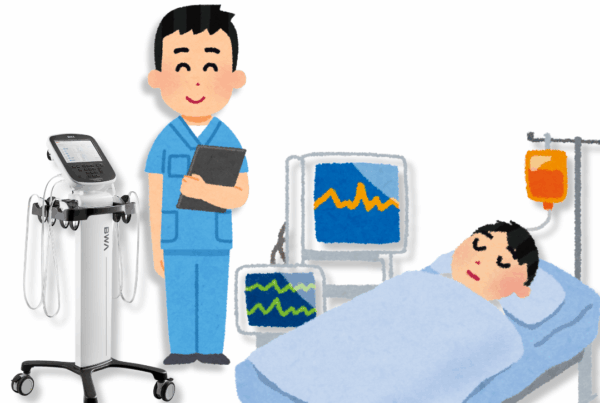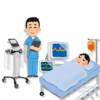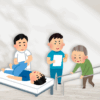In an era where convenience is at our fingertips, from ordering meals through delivery apps to shopping online without ever leaving the house, many of us are unknowingly paying a hidden price: the loss of our muscle health. While it’s common to associate sedentary lifestyles with weight gain, heart disease, or diabetes, there’s another consequence that often goes unnoticed — sarcopenia.
What is Sarcopenia?
Sarcopenia refers to the age-related loss of muscle mass, low muscle strength, and/or low physical performance. Although it’s typically associated with aging, the risk and symptoms of sarcopenia can begin as early as your 30s — especially when lifestyle habits lack regular movement and muscle maintenance.
And it’s more than just losing muscle mass as sarcopenia affects how we move and function each day. Such examples are:
💪 Reduced muscle strength and endurance
😫 Increased fatigue during everyday tasks
⚖️ Difficulty with balance and coordination
🚑 Greater risk of falls, fractures, and injuries
🧑🦽 Loss of mobility and independence

How Physical Inactivity Speeds Up Sarcopenia?
The saying “use it or lose it” is especially true when it comes to our muscles.
When we stop using our muscles regularly such as during long periods of sitting, reduced physical activity, or bed rest, they start to shrink and weaken. This condition is known as muscle disuse atrophy. Essentially, “atrophy” refers to the wasting away or loss of muscle tissue due to lack of use. It’s a natural biological response: when a muscle is not being challenged or stimulated, the body assumes it’s not needed and starts breaking it down.

This loss doesn’t happen overnight. It begins at the cellular level where our muscles are constantly being maintained through a balance between two key processes:
- Muscle Protein Synthesis (MPS) – the process of building new muscle proteins
- Muscle Protein Breakdown (MPB) – the process of breaking down existing muscle proteins
Even at rest, these processes are happening in the background. However, in healthy, active individuals, muscle growth often keeps pace with or even exceeds muscle breakdown, especially after we consume protein-rich meals or engage in resistance exercise (like weightlifting or bodyweight workouts). This balance allows the muscle to stay strong and maintain its size.
But when physical activity stop, the stimulus that supports muscle building weakens. Without regular loading or muscle contraction, the body becomes less efficient at repairing and building muscle, while the muscle breakdown continues at the usual pace or may even increase. This creates a negative muscle protein balance, where more protein is being broken down than built up, leading to a gradual reduction in muscle mass over time.
 To make things worse, if someone is inactive and also not consuming enough high-quality protein, the muscle receives even less support to rebuild and repair itself. Over time, this contributes to muscle disuse atrophy, making individuals weaker, less mobile, and more susceptible to conditions like sarcopenia.
To make things worse, if someone is inactive and also not consuming enough high-quality protein, the muscle receives even less support to rebuild and repair itself. Over time, this contributes to muscle disuse atrophy, making individuals weaker, less mobile, and more susceptible to conditions like sarcopenia.
💡Key takeaway: Inactivity sends a powerful message to your body — that muscle is no longer needed. Without physical movement, especially resistance-based activity, your body shifts into breakdown mode. Over time, this accelerated muscle loss can contribute to sarcopenia.
Role of Resistance Training in Preventing Sarcopenia
The good news is that sarcopenia is not inevitable. With regular resistance training, it’s possible to slow, prevent, and in some cases, reverse the progression of muscle loss.
Resistance training, also known as strength training, refers to any form of exercise that causes your muscles to contract against an external force. This force challenges the muscles, prompting them to adapt by becoming stronger and more resilient over time.
Unlike aerobic exercises that mainly target the heart and lungs, resistance training directly stimulates muscle fibers, helping maintain or increase muscle mass and strength. It also plays a critical role in improving balance, mobility, and overall physical performance — all essential in reducing the risk of sarcopenia.
In fact, a meta-analysis involving over 2,000 older adults with sarcopenia found that resistance training significantly improved key measures like skeletal muscle mass, muscle strength, and mobility. Participants who engaged in resistance training performed better in functional tests like the chair stand, had stronger grip strength, and gained more muscle compared to those who didn’t.
Here are a few common resistance exercises you can try:
- 💪 Bodyweight exercises like squats, push-ups, and lunges
- 🏋️ Weightlifting using dumbbells, barbells, or kettlebells
- 🧘♀️ Pilates to improve strength using controlled movements
- 🏋️♂️ Resistance band workouts for low-impact strength training
- 🧱 Machine-based training at the gym (like leg press or chest press)

💡 Aim for resistance training at least 2–3 times per week to maintain and build muscle mass.
Screen for Sarcopenia Risk with InBody
Muscle loss often goes unnoticed until it starts affecting your strength, balance, or independence.
But the earlier it’s detected, the easier it is to take action. With InBody Body Composition Analysis, you can uncover signs of declining muscle health before they become serious.
✔️ Skeletal Muscle Index (SMI) — SMI measures the amount of skeletal muscle relative to height, providing a standardized assessment that helps identify sarcopenia risk. By comparing an individual’s muscle mass to expected values based on their height, healthcare providers can detect early signs of muscle loss. A low SMI indicates a potential risk for sarcopenia, prompting further evaluation and intervention.
✔️ Handgrip Strength (HGS) — HGS measured using the InGrip Hand Grip Strength Dynamometer is a simple yet effective measure of overall muscle strength. By evaluating the maximum force exerted by the hand during a grip, this metric reflects functional muscle performance. Lower handgrip strength is associated with decreased physical capability and an increased risk of sarcopenia.
Routine assessments with InBody empower you to detect muscle loss early and adjust your fitness, diet, or lifestyle accordingly, helping you maintain strength and independence for the long haul.

Conclusion: Keep Moving, Stay Strong
Sarcopenia doesn’t happen overnight. It’s the result of gradual muscle loss driven by inactivity, poor diet, and aging. The best defense? Stay active, eat well, and most importantly, challenge your muscles regularly through resistance training.
And just as important, monitor your muscle health with InBody so you can spot early signs of muscle decline and take proactive steps to stay strong!
Learn How InBody Can Support Early Detection & Management of Sarcopenia! Read This Blogpost to Learn How Poor Nutrition Plays A Role In Accelerating Sarcopenia!💡 Remember: Movement is medicine. Let every squat, push, or pull be your way of telling your body — my muscles are still needed.



